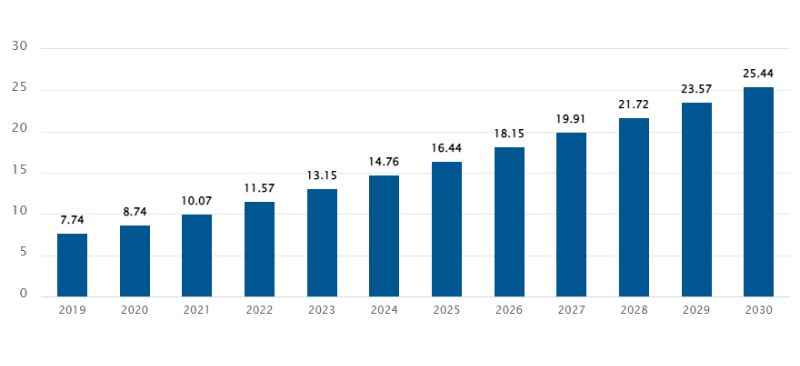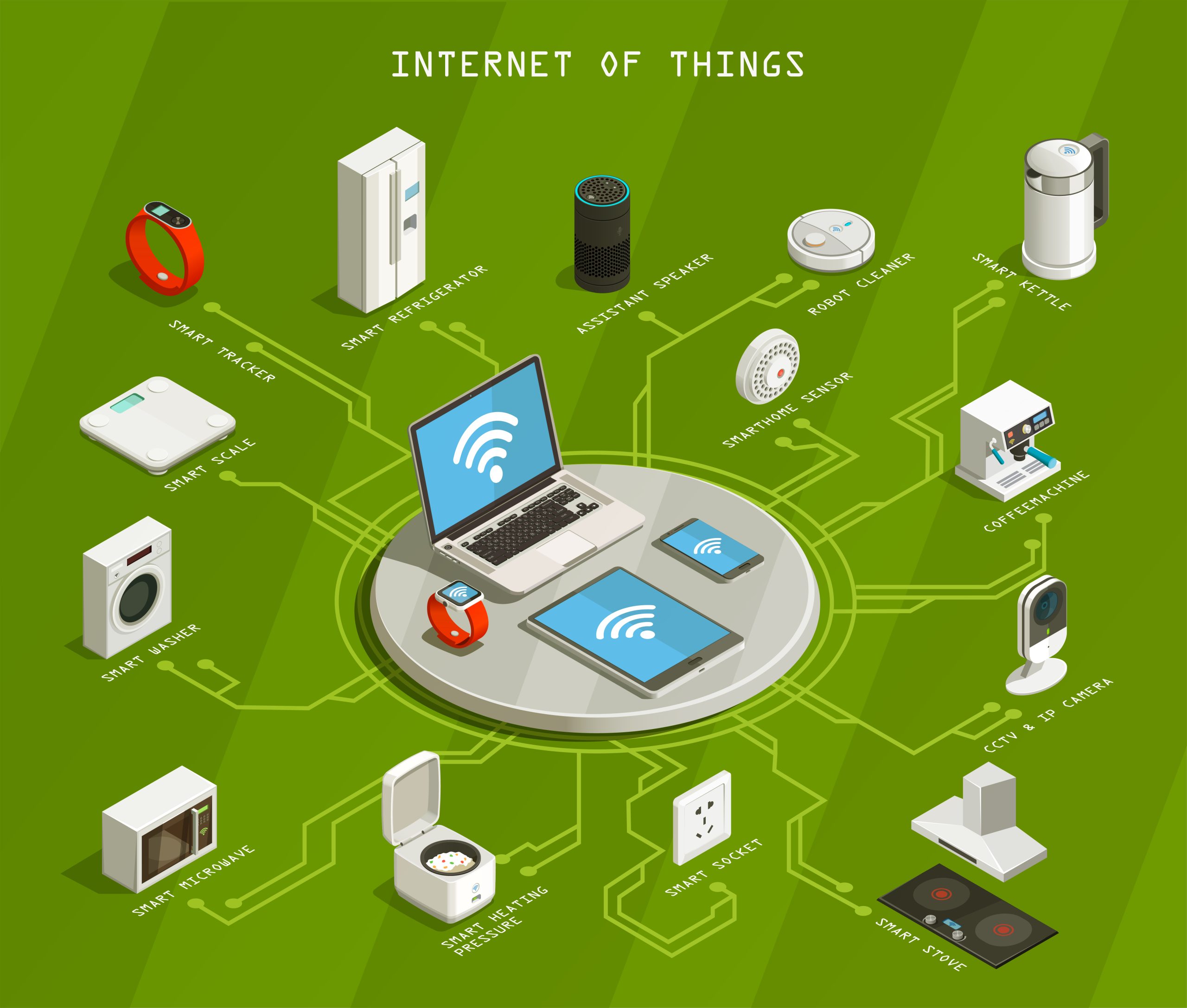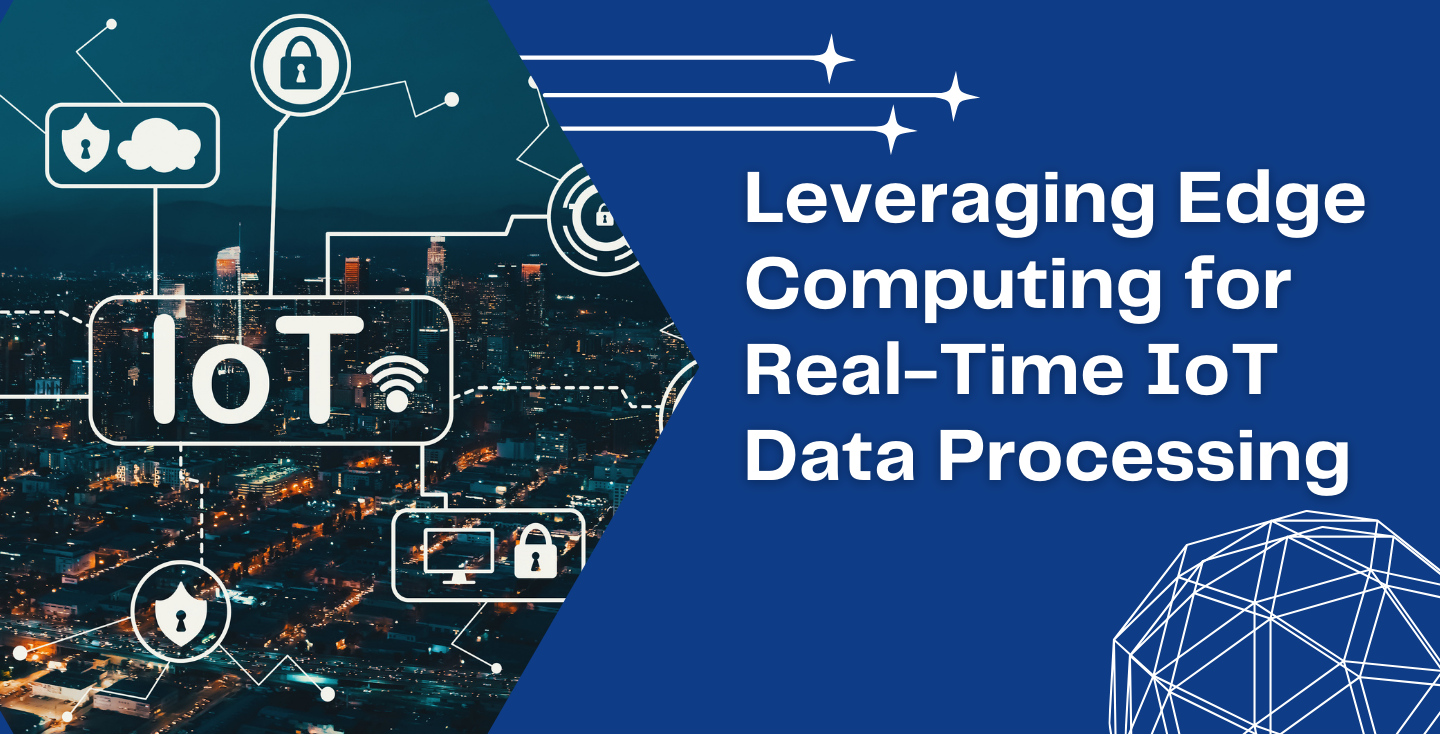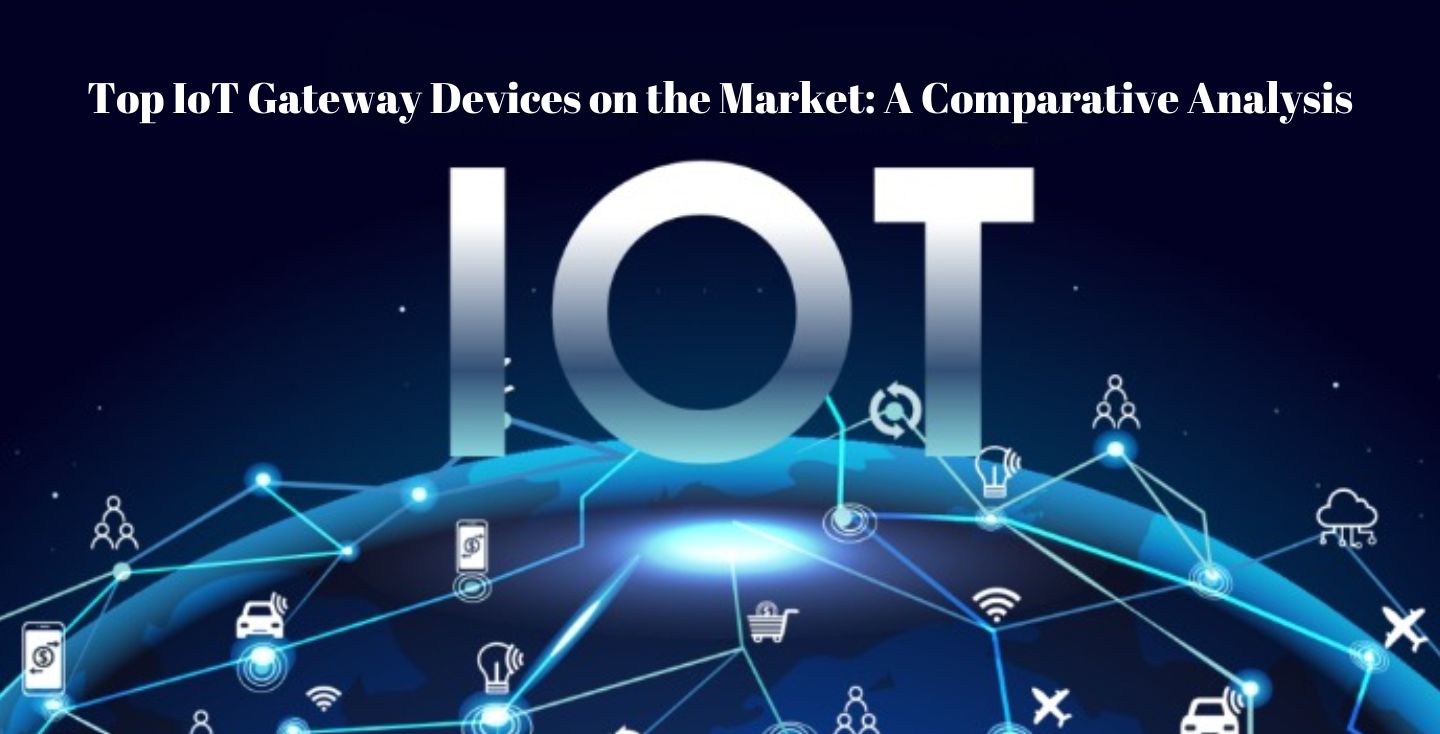The exciting world of IoT (Internet of Things) devices! In this ever-evolving digital landscape, These Devices have become an integral part of our daily routines, seamlessly integrating technology into our homes, workplaces, and beyond. From adjusting the thermostat before you arrive home to tracking your steps on a smartwatch.
Within the next 6 years, there will be more than 25 billion IoT devices (Finance Online). The amount of current IoT devices (14 billion) may appear astounding. But, thanks to 5G and other technologies, this figure is predicted to nearly double to 25.44 billion total IoT devices by 2030.

Source: FinancesOnline
What are IoT devices?
IoT devices, or Internet of Things devices, are everyday objects embedded with sensors, software, and connectivity capabilities that enable them to collect, exchange, and act on data. These devices can range from smart thermostats and wearables to industrial machinery and agricultural sensors.
Importance and growth of IoT devices in recent years
In recent years, IoT devices have become increasingly prevalent due to their ability to enhance efficiency, convenience, and productivity across various industries and daily life. With the proliferation of connected devices and advancements in technology, the IoT market has experienced exponential growth, transforming the way we interact with our surroundings.
Evolution of IoT Devices
Early beginnings of IoT technology
The concept of IoT traces back to the late 20th century, with the first internet-connected device being a Coca-Cola vending machine at Carnegie Mellon University in the early 1980s. However, it wasn’t until the late 2000s and early 2010s that IoT technology began to gain widespread attention and adoption.
Milestones leading to the current state of IoT devices
Over the years, several key milestones have shaped the evolution of IoT devices, including the development of standardized communication protocols like MQTT and CoAP, the emergence of cloud computing and big data analytics, and the increasing affordability and miniaturization of sensors and microprocessors. These advancements have paved the way for the proliferation of IoT devices in various sectors.
Key Features of IoT Devices
Connectivity options (Wi-Fi, Bluetooth, Cellular, etc.)
One of the defining features of IoT devices is their ability to connect to the internet and communicate with other devices or systems. They utilize a range of connectivity options such as Wi-Fi, Bluetooth, Cellular, Zigbee, and LoRa, enabling seamless data exchange and remote control.
Sensors and data collection capabilities
IoT devices are equipped with various sensors, including temperature sensors, motion sensors, humidity sensors, GPS modules, and more, to collect data from their surroundings. This data is then processed and analyzed to derive insights and trigger actions based on predefined conditions.
Integration with other smart devices
Another key feature of IoT devices is their compatibility and integration with other smart devices and platforms. This interoperability allows users to create interconnected ecosystems where different devices work together harmoniously, enhancing automation and convenience.
Smart Home IoT Devices
Overview of smart home technology
Smart home technology enables homeowners to automate and control various aspects of their homes, such as lighting, heating, security, and entertainment, through IoT devices and connected systems.
Popular smart home IoT devices:
- Smart thermostats: Devices like Nest Thermostat and Ecobee enable users to remotely control their home heating and cooling systems, optimize energy usage, and create personalized schedules.
- Smart lighting systems: Brands like Philips Hue and LIFX offer smart bulbs and lighting fixtures that can be controlled via smartphone apps or voice commands, allowing users to adjust brightness, color, and ambiance.
- Smart locks: Smart locks from companies like August and Schlage provide enhanced security and convenience by allowing keyless entry, remote locking/unlocking, and guest access management.
- Smart security cameras: Devices such as Ring Doorbell and Arlo Pro enable homeowners to monitor their property in real-time, receive motion alerts, and store video footage in the cloud for added security.
Wearable IoT Devices
Introduction to wearable technology
Wearable IoT devices are gadgets worn on the body that incorporate sensors and connectivity to track various metrics such as activity levels, heart rate, and sleep patterns, providing users with valuable insights into their health and fitness.
Leading wearable IoT devices:
- Smartwatches: Popular smartwatches like Apple Watch, Samsung Galaxy Watch, and Fitbit Versa offer features such as fitness tracking, notifications, GPS navigation, and contactless payments.
- Fitness trackers: Devices like Fitbit Charge and Garmin Vivosmart specialize in activity tracking, monitoring steps taken, calories burned, and sleep quality to help users achieve their fitness goals.
- Health monitoring devices: Wearable health monitors such as Withings BPM Core and Omron HeartGuide measure vital signs like blood pressure, ECG, and oxygen saturation, providing valuable data for managing chronic conditions and overall wellness.
IoT Devices in Healthcare
Role of IoT in revolutionizing healthcare
IoT devices play a transformative role in healthcare by enabling remote patient monitoring, personalized treatment plans, and efficient healthcare delivery, ultimately improving patient outcomes and reducing healthcare costs.
Prominent IoT devices in healthcare:
- Remote patient monitoring systems: Devices like Philips HealthSuite and Medtronic CareLink enable healthcare providers to remotely monitor patients’ vital signs, medication adherence, and disease progression, facilitating proactive intervention and personalized care.
- Smart insulin pens: IoT-enabled insulin pens like Insulog and InPen track insulin doses, provide dosage recommendations, and sync data with smartphone apps for better diabetes management and compliance.
- Wearable ECG monitors: Devices such as AliveCor KardiaMobile and Apple Watch Series 6 feature built-in ECG sensors that allow users to monitor their heart rhythm, detect irregularities, and share data with healthcare professionals for diagnosis and treatment.
IoT Devices in Agriculture
Impact of IoT on modern agriculture practices
IoT technology is revolutionizing agriculture by enabling precision farming techniques, optimizing resource usage, and improving crop yields, thereby addressing global food security challenges and promoting sustainable farming practices.
Notable IoT devices in agriculture:
- Soil moisture sensors: Devices like Teralytic and Decagon 5TE measure soil moisture levels, temperature, and nutrient content, helping farmers optimize irrigation schedules, prevent overwatering or drought, and maximize crop productivity.
- Crop monitoring drones: UAVs (Unmanned Aerial Vehicles) equipped with multispectral cameras and NDVI (Normalized Difference Vegetation Index) sensors, such as DJI Agras and Parrot Sequoia, provide farmers with aerial imagery and data analytics for crop health assessment, pest detection, and yield forecasting.
- Automated irrigation systems: IoT-enabled irrigation controllers like Rachio and Netafim offer precise control over water distribution based on real-time weather data, soil moisture levels, and crop water requirements, reducing water waste and increasing irrigation efficiency.
Industrial IoT Devices
Introduction to Industrial (IoT)
Industrial IoT (IIoT) refers to the integration of IoT technology into industrial processes and infrastructure, enabling remote monitoring, predictive maintenance, and optimization of manufacturing operations for increased productivity and profitability.
Key (IoT) devices and their applications:
- Asset tracking systems: IoT-enabled asset tracking solutions like Cisco Kinetic and Siemens Simatic RTLS enable real-time monitoring and management of equipment, tools, and inventory throughout the supply chain, improving asset utilization and reducing downtime.
- Predictive maintenance sensors: IoT sensors and analytics platforms, such as Predix by GE and IBM Maximo, detect equipment anomalies and predict potential failures before they occur, enabling proactive maintenance scheduling and cost savings.
- Industrial robotics: IoT-connected robots and cobots (collaborative robots) from companies like ABB, Fanuc, and Universal Robots automate repetitive tasks, enhance production efficiency, and ensure worker safety in manufacturing facilities, warehouses, and logistics operations.




